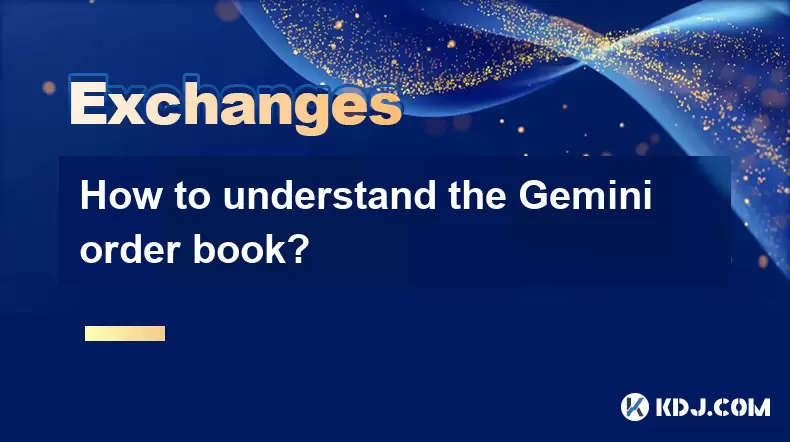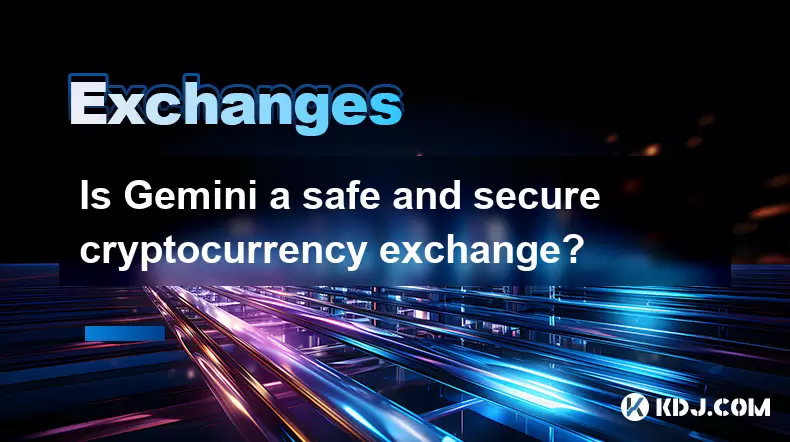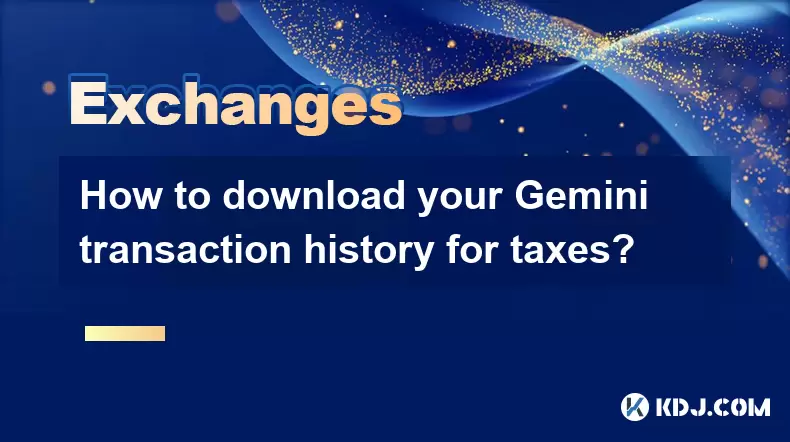-
 Bitcoin
Bitcoin $114000
0.76% -
 Ethereum
Ethereum $3488
0.53% -
 XRP
XRP $2.908
2.27% -
 Tether USDt
Tether USDt $1.000
0.05% -
 BNB
BNB $750.3
0.39% -
 Solana
Solana $161.9
0.14% -
 USDC
USDC $1.000
0.03% -
 TRON
TRON $0.3258
1.22% -
 Dogecoin
Dogecoin $0.1991
1.38% -
 Cardano
Cardano $0.7260
3.39% -
 Hyperliquid
Hyperliquid $38.20
2.33% -
 Stellar
Stellar $0.3987
7.33% -
 Sui
Sui $3.414
1.17% -
 Chainlink
Chainlink $16.28
2.52% -
 Bitcoin Cash
Bitcoin Cash $542.2
2.07% -
 Hedera
Hedera $0.2489
7.51% -
 Ethena USDe
Ethena USDe $1.001
0.05% -
 Avalanche
Avalanche $21.40
0.70% -
 Toncoin
Toncoin $3.635
0.75% -
 Litecoin
Litecoin $109.8
2.04% -
 UNUS SED LEO
UNUS SED LEO $8.955
-0.02% -
 Shiba Inu
Shiba Inu $0.00001221
2.44% -
 Uniswap
Uniswap $9.152
2.20% -
 Polkadot
Polkadot $3.588
2.09% -
 Monero
Monero $298.1
1.27% -
 Dai
Dai $1.000
0.01% -
 Bitget Token
Bitget Token $4.326
1.28% -
 Pepe
Pepe $0.00001045
1.96% -
 Cronos
Cronos $0.1330
4.27% -
 Aave
Aave $257.9
2.12%
How does Kraken futures trading work
Kraken futures allow trading Bitcoin, Ethereum, and other cryptos with up to 50x leverage, using perpetual and quarterly contracts settled in crypto.
Aug 03, 2025 at 04:49 pm

Understanding Kraken Futures Trading
Kraken futures trading allows users to speculate on the future price of cryptocurrencies without owning the underlying asset. Futures contracts are financial derivatives that obligate the buyer to purchase, or the seller to sell, a specific amount of a cryptocurrency at a predetermined price on a set date in the future. On Kraken, these contracts are settled in cryptocurrency and are typically based on popular digital assets such as Bitcoin (BTC) and Ethereum (ETH). The platform supports both perpetual contracts and quarterly futures, with perpetuals being the most commonly traded due to their lack of expiration.
Kraken uses a mark price mechanism to prevent manipulation and ensure fair liquidation. This means that the price used to determine liquidations and funding is derived from external index prices rather than solely from the order book. This protects traders from potential price spikes caused by low liquidity or sudden market movements. Each futures market displays key metrics such as funding rate, open interest, and liquidation price, which are essential for risk management.
Setting Up a Kraken Pro Account for Futures
To access futures trading, users must first create a Kraken Pro account, which is the advanced trading platform offered by Kraken. Navigate to [pro.kraken.com](https://pro.kraken.com) and log in with your existing Kraken credentials or register a new account. After logging in, complete the identity verification process if not already done, as futures trading requires Level 2 or Level 3 verification depending on your region.
Once verified, enable futures trading from the account settings. This may involve accepting the Futures Terms of Service and completing a brief knowledge assessment. After activation, deposit funds into your futures wallet. Kraken supports transferring assets from your spot wallet to your futures wallet directly. Supported collateral includes USDT, USDC, BTC, ETH, and other major cryptocurrencies. Ensure sufficient balance to cover initial margin requirements before placing any trades.
Placing a Futures Trade on Kraken
To initiate a trade, navigate to the Futures tab on Kraken Pro. Select the desired contract, such as BTC/USD Perpetual or ETH/USD Quarterly. The trading interface displays the order book, price chart, and available order types. Choose between limit, market, stop-market, or stop-limit orders based on your strategy.
- Click on "Buy" to go long (betting the price will rise) or "Sell" to go short (betting the price will fall)
- Enter the contract size or the amount of cryptocurrency you wish to trade
- Set the leverage, which can range from 1x to 50x depending on the contract and asset
- Review the estimated liquidation price and required margin displayed on the interface
- Confirm the order by clicking "Place Order"
Leverage amplifies both gains and losses, so it is crucial to understand the risks involved. Kraken uses a cross-margin system by default, meaning your entire futures balance acts as collateral. You can switch to isolated margin to limit risk to a specific position.
Funding Rates and Position Management
Perpetual futures on Kraken include funding rates, which are periodic payments exchanged between long and short positions to align the contract price with the spot market. If the funding rate is positive, longs pay shorts; if negative, shorts pay longs. These payments occur every 8 hours and are calculated based on the difference between the perpetual contract price and the underlying index price.
To monitor active positions, go to the Positions tab. Here, you can view:
- Entry price and current mark price
- Unrealized PnL (Profit and Loss)
- Maintenance margin and liquidation price
- Funding payments accrued or owed
You can close a position manually by placing an opposing trade or set a take-profit and stop-loss order to automate exit strategies. Kraken supports reduce-only orders, which prevent increasing an existing position accidentally. Adjust leverage or margin allocation directly from the position panel, but note that lowering margin increases liquidation risk.
Risk Controls and Liquidation Mechanics
Kraken employs several safeguards to manage risk in futures trading. The liquidation engine monitors all open positions and closes them automatically if the margin balance falls below the maintenance threshold. This occurs when losses deplete the allocated margin to a point where the position can no longer be sustained.
The bankruptcy price is the theoretical price at which the position’s value drops to zero. Kraken uses an insurance fund to cover losses beyond this point, protecting other traders from clawbacks. However, traders are still responsible for losses up to the point of liquidation.
To avoid liquidation:
- Maintain a healthy margin ratio above the maintenance level
- Use stop-loss orders to limit downside
- Monitor funding costs over extended holds
- Avoid over-leveraging, especially in volatile markets
Kraken provides a liquidation price calculator in the order entry panel, allowing users to simulate how different leverage levels affect their risk exposure before executing a trade.
Frequently Asked Questions
What cryptocurrencies are available for futures trading on Kraken?
Kraken offers futures contracts for major cryptocurrencies including Bitcoin (BTC), Ethereum (ETH), Cardano (ADA), Solana (SOL), Polkadot (DOT), and Dogecoin (DOGE). The available pairs are typically quoted against USD stablecoins (USDT, USDC) or BTC.
How does Kraken calculate funding rates for perpetual contracts?
Funding rates are determined every 8 hours using a formula that compares the perpetual contract price to the spot index price. The rate is capped to prevent extreme payments and is displayed in real time on the futures market page. Traders can view upcoming funding times and expected payment direction.
Can I trade Kraken futures using a mobile app?
Yes, the Kraken mobile app supports futures trading on iOS and Android devices. The app includes full functionality for placing orders, managing positions, and monitoring funding rates. Ensure the app is updated to the latest version to access all futures features.
Is there a minimum deposit required to start futures trading on Kraken?
There is no fixed minimum deposit, but you must have enough funds to meet the initial margin requirement for your chosen contract and leverage. For example, opening a 1 BTC perpetual position at 10x leverage requires at least 0.1 BTC in your futures wallet as margin.
Disclaimer:info@kdj.com
The information provided is not trading advice. kdj.com does not assume any responsibility for any investments made based on the information provided in this article. Cryptocurrencies are highly volatile and it is highly recommended that you invest with caution after thorough research!
If you believe that the content used on this website infringes your copyright, please contact us immediately (info@kdj.com) and we will delete it promptly.
- XRP: Crypto Analyst's Smartest Buy in 2025?
- 2025-08-04 00:30:13
- SEC, Crypto Regulation, and Digital Assets: A New Era?
- 2025-08-04 00:30:13
- Navigating the Meme Coin Mania: Cold Wallets, SHIB, and DOGE in 2025
- 2025-08-03 22:30:16
- Bitcoin's Price Fall and Scrutiny: What's a New Yorker to Think?
- 2025-08-03 22:30:16
- Shiba Inu's Resistance and Recovery Push: What's Next for SHIB?
- 2025-08-03 22:50:16
- Bitcoin, Hashcash, and Crypto Innovation: A Look at the Foundation and Future
- 2025-08-03 23:12:53
Related knowledge

How to set and manage alerts on the Gemini app?
Aug 03,2025 at 11:00am
Understanding the Gemini App Alert SystemThe Gemini app offers users a powerful way to stay informed about their cryptocurrency holdings, price moveme...

What are the websocket feeds available from the Gemini API?
Aug 03,2025 at 07:43pm
Overview of Gemini WebSocket FeedsThe Gemini API provides real-time market data through its WebSocket feeds, enabling developers and traders to receiv...

How to manage your portfolio on Gemini?
Aug 03,2025 at 10:36am
Accessing Your Gemini Portfolio DashboardTo begin managing your portfolio on Gemini, you must first log in to your account through the official websit...

How to understand the Gemini order book?
Aug 02,2025 at 03:35pm
What Is the Gemini Order Book?The Gemini order book is a real-time ledger that displays all open buy and sell orders for a specific cryptocurrency tra...

Is Gemini a safe and secure cryptocurrency exchange?
Aug 02,2025 at 10:42pm
Understanding Gemini’s Regulatory ComplianceGemini is a New York State-chartered trust company, which places it under the supervision of the New York ...

How to download your Gemini transaction history for taxes?
Aug 03,2025 at 09:15am
Understanding Gemini Transaction History for Tax PurposesWhen preparing your cryptocurrency tax filings, having a complete and accurate record of all ...

How to set and manage alerts on the Gemini app?
Aug 03,2025 at 11:00am
Understanding the Gemini App Alert SystemThe Gemini app offers users a powerful way to stay informed about their cryptocurrency holdings, price moveme...

What are the websocket feeds available from the Gemini API?
Aug 03,2025 at 07:43pm
Overview of Gemini WebSocket FeedsThe Gemini API provides real-time market data through its WebSocket feeds, enabling developers and traders to receiv...

How to manage your portfolio on Gemini?
Aug 03,2025 at 10:36am
Accessing Your Gemini Portfolio DashboardTo begin managing your portfolio on Gemini, you must first log in to your account through the official websit...

How to understand the Gemini order book?
Aug 02,2025 at 03:35pm
What Is the Gemini Order Book?The Gemini order book is a real-time ledger that displays all open buy and sell orders for a specific cryptocurrency tra...

Is Gemini a safe and secure cryptocurrency exchange?
Aug 02,2025 at 10:42pm
Understanding Gemini’s Regulatory ComplianceGemini is a New York State-chartered trust company, which places it under the supervision of the New York ...

How to download your Gemini transaction history for taxes?
Aug 03,2025 at 09:15am
Understanding Gemini Transaction History for Tax PurposesWhen preparing your cryptocurrency tax filings, having a complete and accurate record of all ...
See all articles

























































































